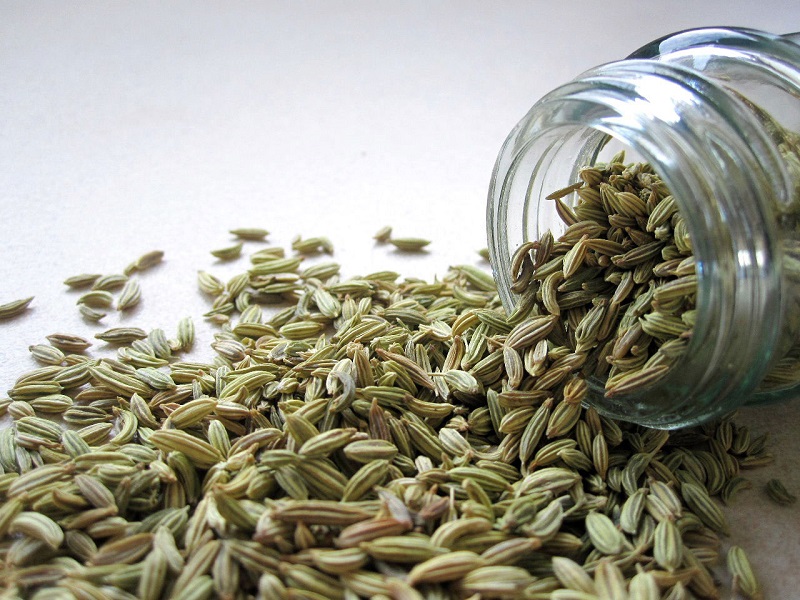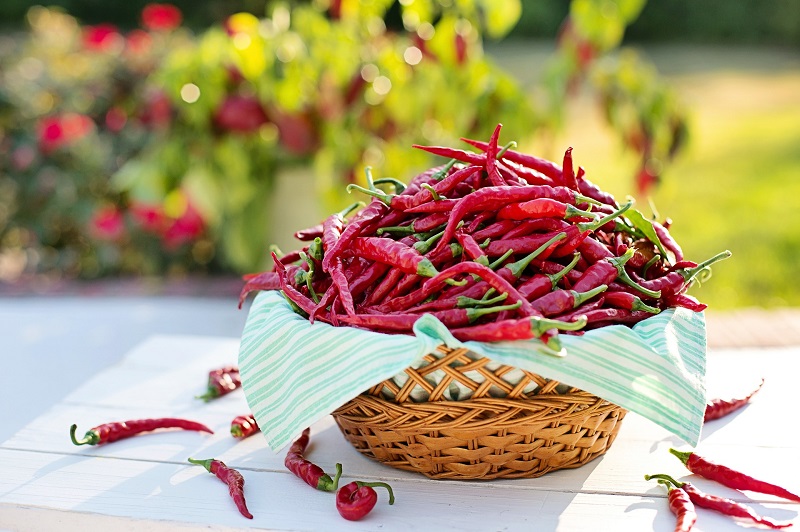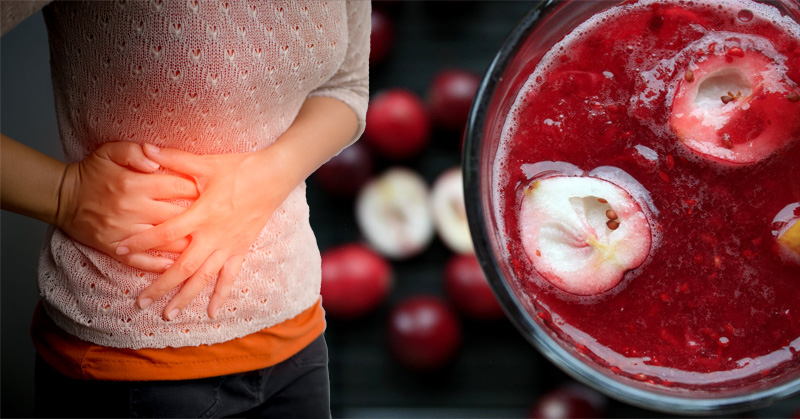Gastritis is an inflammation or irritation of the lining of the stomach. It can cause abdominal pain, bloating, nausea and vomiting, among other symptoms. (1) However, following a gastritis diet can help relieve these painful symptoms. A gastritis diet comprises of eating foods that promote healing. And avoiding foods that trigger symptoms are also part of a gastritis diet. For example, citrus and dairy are foods you’ll want to avoid on a proper gastritis diet. For more on the specifics of an effective gastritis diet, read the food lists below.
Here are foods that soothe gastritis:
1. High-antioxidant foods

Research shows that high-antioxidant foods can help lower stomach inflammation. Furthermore, these foods can help reduce risk for digestive disorders or complications. Brightly colored fresh fruits and vegetables are great options for antioxidants. Be sure to add in berries as well!
According to sources such as the University of Maryland Medical Center, these foods are also beneficial for gastritis:
- herbs/spices (nothing too spicy!)
- onions
- garlic
- squash
- bell peppers
- leafy greens
- artichoke
- asparagus
- celery
- fennel
- sea vegetables
- ginger
- turmeric
- cruciferous veggies
- berries
- apples
- cranberries (2)
2. Probiotic foods
A review of studies suggests that probiotics can help treat infections of the GI tract that trigger gastritis. (3) Cultured veggies and kombucha have numerous benefits. For example, they reduce inflammation, regulate bowel movements, help control reactions to food allergies or intolerances, and much more.
3. Garlic

Consuming both raw and cooked garlic has been a natural remedy for GI issues for eons. Garlic is anti-inflammatory and even has some antibiotic properties. In fact, some experts believe that raw garlic might even be able to help reduce H. pylori bacteria. It also may inhibit the growth of other harmful bacteria in the microbiome. (4)
4. Licorice, fennel or anise

Licorice has been used to treat a laundry list of digestive issues. This includes ulcers and acid reflux. It contains a special compound that is has numerous benefits. For example, it’s been shown to have anti-inflammatory, antioxidant and antiviral properties, to name a few. (5) While licorice extract might prove to be the most beneficial, consuming fennel and using anise spices can also offer relief Most people see relief taking about three grams per day for about four to six weeks. However, talk to your doctor if you take any prescriptions that can interact with licorice exact. This includes those used to treat high blood pressure.
5. Foods high in fiber (soaked/sprouted nuts, seeds, grains and legumes)
A diet high in fiber can be beneficial for treating gastritis. In fact, one study found that high-fiber diets were associated with reduced risk for developing stomach ulcers by up to 60 percent. (6) Increase your fiber intake to help ease gastritis symptoms. For example, you might try the following:
- nuts like almonds
- seeds like chia seeds or flax seeds
- soaked legumes/beans
- sprouted whole grains (preferably those that are ancient grains. Also, opt for gluten-free like oats, quinoa, wild rice, buckwheat and amaranth).
6. Healthy fats
Healthy fats that are easy to digest include coconut or olive oil, and avocado. Some of these may help to reduce stomach acid. (7)
While you are consuming foods to help ease gastritis symptoms, be sure to cut out the foods that can make your pain worse.
Here are gastritis foods to avoid: (8)
1. Citrus fruits and juices

Citrus fruits are normally beneficial. This includes such fruits as oranges, lemons, limes and grapefruit. However, for people with ulcers or gastritis, citrus fruits can cause pain.
2. Tomatoes
Tomatoes are similar to citrus fruits in that they’re acidic. This means they can irritate a delicate stomach. A small amount might be doable for some, however, others feel best avoiding tomatoes and tomato products altogether.
3. Milk and other dairy products
While doctors have told gastritis and ulcer patients for years to drink milk to help with stomach acid, this advice is no longer believed to be valid. Experts now believe that the calcium and amino acids in milk actually stimulate the release of more acid production. This is what can make gastritis symptoms worse. (9)
4. Alcohol

Excessive alcohol consumption can erode the stomach lining and make inflammation worse. However, some people with gastritis can drink moderately, about one drink a day. Still, others cannot tolerate alcohol at all if they suffer from gastritis. Alcohol doesn’t necessarily have to be eliminated completely. In fact, some studies show moderate consumption might even offer protection against gastritis. (10)
5. Coffee
In most cases, coffee won’t cause stomach problems. However, it usually makes gastritis symptoms worse. Even decaffeinated coffee can trigger gastritis symptoms. Coffee won’t cause stomach troubles or ulcers in most cases, but it usually makes gastritis symptoms worse. In some instances, even when coffee is decaffeinated, it can still trigger pain. Coffee is acidic by nature and might increase feelings of burning.
6. Spicy foods

Spicy or hot foods won’t cause gastritis or ulcers, either. However, just like coffee, they can worsen symptoms. For example, you’ll want to stay away from hot peppers, chili, cayenne, red/black pepper, curry and hot sauce. All of these items can cause make you feel worse! (11)
7. Common allergens and inflammatory foods
If you suffer from gastritis, you’ll want to avoid refined and processed foods. For example, white breads, pastas, and products with added sugar can all make symptoms worse. Additionally, you’ll want to stay away from factory-farm meat, trans fats, refined vegetable oils, fried foods and pasteurized dairy products. All of these foods can trigger food allergies, raise inflammation in the gut, slow healing and make you more prone to infection.


